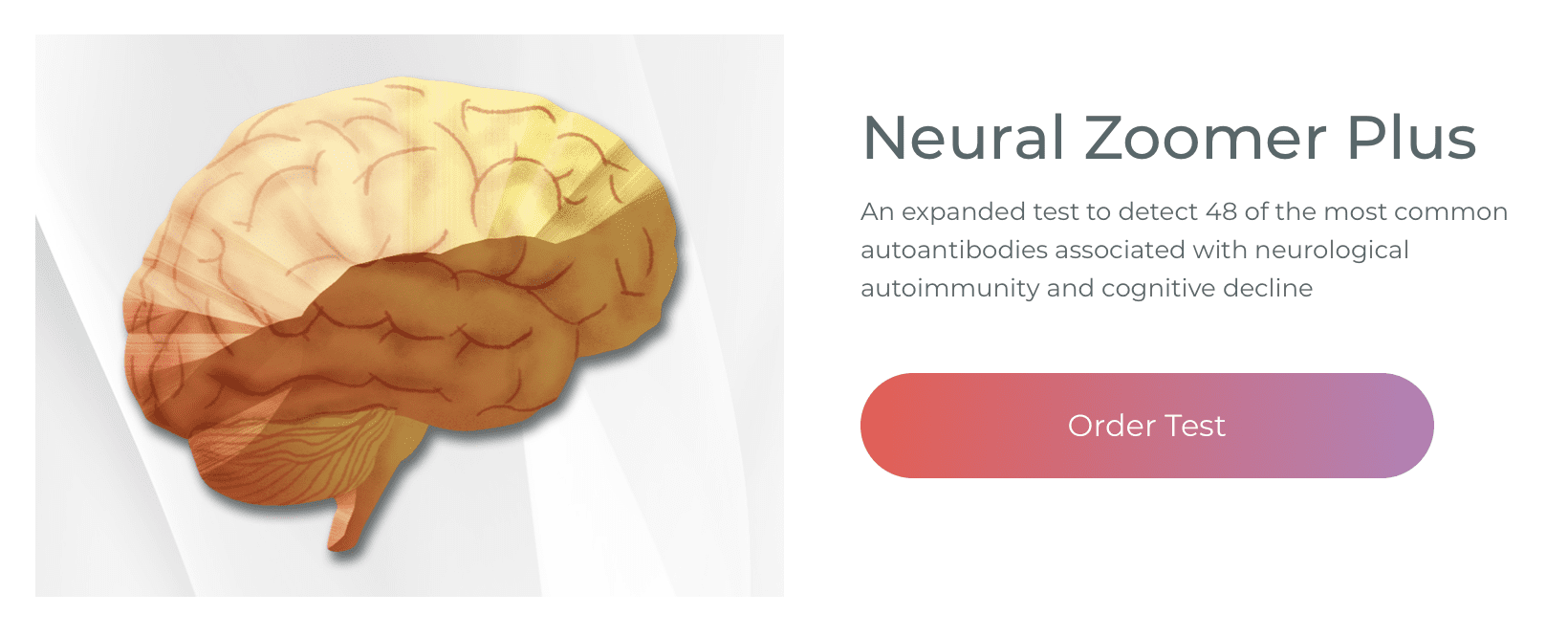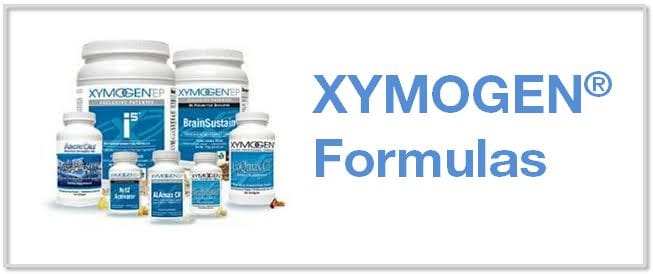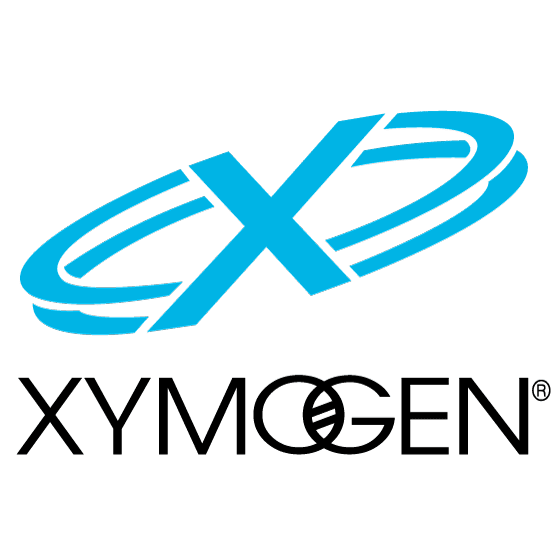When compared to other central nervous system (CNS) health issues, chronic neurodegenerative diseases can be far more complicated. Foremostly, because the compromised mitochondrial function has been demonstrated in many neurodegenerative diseases, the resulting problems in energy sources are not as severe as the energy collapse in ischemic stroke. Therefore, if excitotoxicity contributes to neurodegeneration, a different time of chronic excitotoxicity needs to be assumed. In the following article, we will outline what is known about the pathways that may cause excitotoxicity in neurodegenerative diseases. We will specifically discuss that in amyotrophic lateral sclerosis (ALS), Alzheimer's disease (AD) and Huntington's disease (HD) as fundamental examples with sufficiently validated animal models in research studies.
Huntington's Disease
Huntington's disease (HD) is as an inherited, fatal neurodegenerative disease which is caused by a trinucleotide (CAG) repeat expansion in the coding region of the huntingtin (htt) gene which is associated with the degeneration of the GABAergic medium-sized spiny neurons (MSN) in the striatum, although other brain regions can also ultimately be affected as the health issue progresses. HD is identified as a movement disorder with co-morbid cognitive and psychiatric symptomatology. Both mutant htt RNA together with the encoded protein which includes a polyglutamine repeat expansion is believed to cause the complicated changes in cellular metabolism which occurs in mitochondrial dysfunction and oxidative stress.
Early research study findings which demonstrated that excitotoxicity may play a fundamental role in HD were based upon the observation that an injection of their KYN metabolite and NMDA receptor agonist QUIN, in addition to L-glutamate and kainate, in the striatum of rats caused neuronal degeneration. Another research study determined that QUIN, as compared to NMDA and kainate, causes selective degeneration of the MSNs instead of neuronal death, which tremendously resembles the pathology of HD. Moreover, NMDA receptors have been shown to be hyperactive and striatal neurons from different HD mouse models, such as a yeast artificial chromosome (YAC) which leads to over-expression of full-length htt with elongated polyglutamine repeats as well as R6/2 mice over-expressing htt exon 1 with elongated polyglutamine repeats in addition to in knock-in mice with greater CAG repeats inserted from the mouse htt gene, were demonstrated to be sensitized to excitotoxicity in vitro. Furthermore, in vivo, a sensitization to an excitotoxin injection into the striatum was only demonstrated in the transgenic YAC model of HD, whereas mice overexpressing mutant htt exon 1, R6/1 and R6/2 mice, or N171-82Q mice overexpressing mutant exon 1 and components of exon 2 or the so-called "shortstop" mouse expressing human N-terminal htt encoded by exon 1 and 2 with a 128 CAG repeat below the htt promoter, produced somewhat of a resistance to striatal excitotoxin injection during the aging process. This neuroprotection isn't necessarily for NMDA receptor agonists, however, it can help different neurotoxic insults and may be an adaptive response to cellular stress.
Rat MSN release increased levels of NR2A- and NR2B-containing NMDA receptors compared to interneurons in the striatum. NR1 and NR2B mRNA expression in the neostriatum of HD patients has been demonstrated to considerably decrease which is associated with the loss of these neurons. In addition, NMDA receptor-mediated pathways in MSN were determined to be tremendously sensitive to the NR2B-specific inhibitor ifenprodil. In HEK293 cells, overexpression of mutant htt increased NMDA receptor-mediated pathways and aggravated NMDA-induced cell release only when NR2B- but not when NR2A-containing NMDA receptors were co-expressed. One possible explanation for the increase in NR2B-containing NMDA receptor expression from HD models is that an extended polyglutamine repeat in htt decreases its connection to PSD95, a postsynaptic density protein included in NMDA and kainate receptor clustering, ultimately causing a greater response of PSD95 together with the NR2B subunit. Recently, research study findings suggest that not only does the subunit composition but also the localization of NMDA receptors may play a fundamental role in the NMDA receptor activity. Another research study showed that in severe striatal slice preparations from YAC transgenic mice utilizing 128 CAG repeats, extrasynaptic NMDA receptors, especially those with NR2B, are considerably increased compared to pieces from wild-type mice and YAC mice expressing htt with 18 CAG repeats. As expected from in vitro research studies, this change was associated with decreased CREB phosphorylation. The increased percentage of NR2B-containing extrasynaptic NMDA receptors was demonstrated to be associated with increased extrasynaptic localization of PSD95. One pathway which may cause the sensitization to excitotoxic stimulation downstream of the activation of extrasynaptic NMDA receptors was identified as activation of p38 MAPK. Taken multilayered evidence suggests that mutant htt results in sensitization of MSN into glutamate excitotoxicity through the redistribution of NMDA receptors from subunits to extrasynaptic sites.
The activation of extrasynaptic NMDA receptors in acute striatal brain slices can be effectively shown in YAC mice utilizing 128 CAG repeats through spillover of synaptic glutamate by restricting EAATs. As a result, it may be determined that decreased EAAT expression may increase the activation of NMDA receptors. Surprisingly, within situ-hybridization, research studies discovered a decrease in astrocytic EAAT2 mRNA expression in the neostriatum of all HD patients. As compared to wild-type mice, however, no changes in protein expression were found to be decreased in synaptosomes of YAC mice overexpressing human htt utilizing 128 CAG repeats. The researchers determined that a decrease in EAAT2 activity from the YAC model of HD was caused by decreased palmitoylation of the transporter. In R6/2 mice, others discovered decreased EAAT2 mRNA and protein expression associated with decreased EAAT2 in synaptosomes or acute cortico-striatal pieces. However, extracellular striatal glutamate concentrations have been shown to be similar to those of wild-type control mice and a decreased glutamate clearance capability in the R6/2 mice demonstrated by therapy with EAAT inhibitors or glutamate. A putative explanation for this finding could be a decrease in glutamate release through system x−c and in xCT, the subunit of system x−c which has been demonstrated at the striatum of R6/2 mice in the mRNA and protein levels.
As previously mentioned, the injection of the KYN metabolite QUIN in supraphysiological concentrations was utilized as an early animal model of HD. This caused further research studies of KYN metabolism in HD. Surprisingly, the QUIN precursor 3HK aggravates neurodegeneration from the QUIN HD version while KYNA is protective. Research studies discovered that in early-stage HD, compared to control and end-stage HD, neostriatal 3HK and QUIN concentrations were considerably upregulated. Another research study discovered that KYNA levels decreased in autopsied HD striata with the CSF of HD patients when compared with controls. The first enzyme of this KYN pathway, IDO, is triggered from the striatum of both YAC mice with 128 CAG repeats. Mice deficient in IDO are less sensitive to intrastriatal QUIN injection. Evaluation of KYN metabolites from three different mouse models of HD, R6/2 mice, YAC128 mice as well as HdhQ92 and HdhQ111 knock-in mice in various brain regions, suggested age-dependent activation of their KYN pathway. However, the detailed pattern of metabolite changes was different among the versions with increased 3HK in cortex, striatum, and cerebellum in R6/2 mice whereas mice expressing full-size mutant htt demonstrated an extra cortical and striatal upregulation of QUIN. Moreover, treatment of R6/2 mice with a non-blood brain barrier permeable KMO inhibitor, JM6, which indirectly improved cerebral extracellular KYNA concentrations by 50 percent, has been associated with a decrease in extracellular cerebral L-glutamate, decreased neurodegeneration and prolonged survival. Further research studies are still required for further evidence.
Taken collectively, the research studies support the view that in HD there is a redistribution of both NMDA receptors, especially those containing NR2B, which can activate signaling pathways which boost neurodegeneration, as shown in Figure 5. There is not any evidence that cerebral L-glutamate levels are grossly increased in HD. This might be explained by the fact that even though EAAT2 and KYNA may be downregulated, there is also a downregulation of system x−c action. As only very high levels of QUIN activated NMDA receptors, this KYN metabolite is unlikely to contribute to the excitotoxic load.
In many research studies, evidence and outcome measures have demonstrated that glutamate dysregulation and excitotoxicity in many neurological diseases, including AD, HD, and ALS, ultimately lead to neurodegeneration and a variery of symptoms associated with the health issues. The purpose of the following article is to discuss and demonstrate the role that glutamate dysregulation and excitotoxicity plays on neurodegenerative diseases. The mechanisms for excitotoxicity are different for every health issue. - Dr. Alex Jimenez D.C., C.C.S.T. Insight - Dr. Alex Jimenez D.C., C.C.S.T. Insight
In honor of Governor Abbott's proclamation, October is Chiropractic Health Month. Learn more about the proposal. In the article above, we outlined what is known about the pathways which may cause excitotoxicity in neurodegenerative diseases. We also discussed that in amyotrophic lateral sclerosis (ALS), Alzheimer's disease (AD) and Huntington's disease (HD) as fundamental examples with sufficiently validated animal models in research studies. The scope of our information is limited to chiropractic, musculoskeletal and nervous health issues as well as functional medicine articles, topics, and discussions. We use functional health protocols to treat injuries or chronic disorders of the musculoskeletal system. To further discuss the subject matter above, please feel free to ask Dr. Alex Jimenez or contact us at 915-850-0900 .
Curated by Dr. Alex Jimenez
References
- Lewerenz, Jan, and Pamela Maher. “Chronic Glutamate Toxicity in Neurodegenerative Diseases-What Is the Evidence?” Frontiers in Neuroscience, Frontiers Media S.A., 16 Dec. 2015, www.ncbi.nlm.nih.gov/pmc/articles/PMC4679930/.
Additional Topic Discussion: Chronic Pain
Sudden pain is a natural response of the nervous system which helps to demonstrate possible injury. By way of instance, pain signals travel from an injured region through the nerves and spinal cord to the brain. Pain is generally less severe as the injury heals, however, chronic pain is different than the average type of pain. With chronic pain, the human body will continue sending pain signals to the brain, regardless if the injury has healed. Chronic pain can last for several weeks to even several years. Chronic pain can tremendously affect a patient's mobility and it can reduce flexibility, strength, and endurance.
Neural Zoomer Plus for Neurological Disease

Dr. Alex Jimenez utilizes a series of tests to help evaluate neurological diseases. The Neural ZoomerTM Plus is an array of neurological autoantibodies which offers specific antibody-to-antigen recognition. The Vibrant Neural ZoomerTM Plus is designed to assess an individual’s reactivity to 48 neurological antigens with connections to a variety of neurologically related diseases. The Vibrant Neural ZoomerTM Plus aims to reduce neurological conditions by empowering patients and physicians with a vital resource for early risk detection and an enhanced focus on personalized primary prevention.
Formulas for Methylation Support

XYMOGEN’s Exclusive Professional Formulas are available through select licensed health care professionals. The internet sale and discounting of XYMOGEN formulas are strictly prohibited.
Proudly, Dr. Alexander Jimenez makes XYMOGEN formulas available only to patients under our care.
Please call our office in order for us to assign a doctor consultation for immediate access.
If you are a patient of Injury Medical & Chiropractic Clinic, you may inquire about XYMOGEN by calling 915-850-0900.
For your convenience and review of the XYMOGEN products please review the following link.*XYMOGEN-Catalog-Download
* All of the above XYMOGEN policies remain strictly in force.






